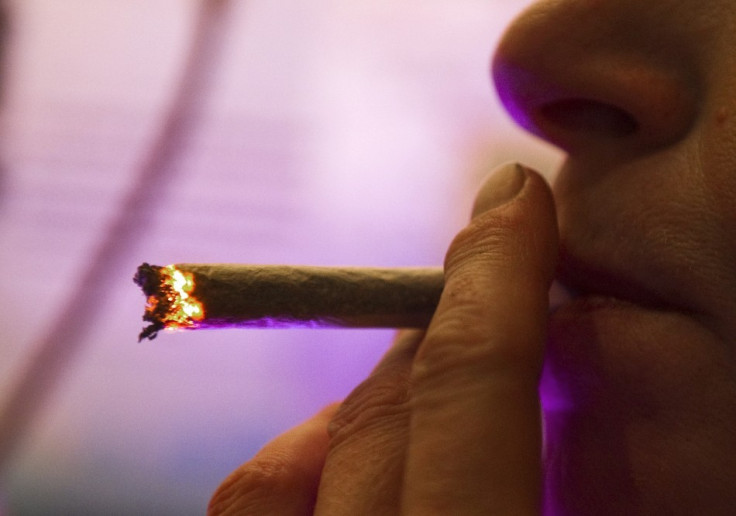Facebook Preferred to Mind-Altering Drugs for Today's Young?

Twitter and Facebook may not at first glance have much relation to the "E's and whizz" sung about by Jarvis Cocker in Pulp's drug athem, Sorted.
But that may be called into question by new figures in the official crime survey for England and Wales.
One conclusion drawn from it is that posting status updates has replaced getting into altered states as the amusement of choice for most young people.
The survey found that the 16-24 age group are using cannabis, the most popular illegal narcotic, less today than at any time since records began.
Usage has halved in that group since 1998.
One reason may be that youngsters today spend more time alone, said an expert, denying them opportunities to come into contact with drugs with their friends.
Drugscope chief executive Martin Barnes claimed that social media like Facebook indirectly dampens drug use.
That is because users are essentially "alone together", he said, socialising vicariously.
"I was talking to a colleague [who] works with young people and [she] says they don't actually hang out as much as they used to," he told Radio 4.
"It could be that if they are on BlackBerry all the time that that's the way they socialise and communicate - you don't want to be doing that and having a spliff at the same time."
But the drop in drug use was also ascribed to young people having less money to spend getting high on drugs.
Youth unemployment and inflated drug prices have tightened the options.
Dr Alan Winstock said: "An eighth, or 3.5 grams [of cannabis], costs about £30 today. In 1990, it was about £15."
The price stabilised at around £20 at the turn of the millennium but has started climbing steeply.
"Now, you can buy a couple of cans of White Lightning cider, which is eight units of alcohol, for a couple of quid. Cannabis is no longer seen as good bang for your buck."
"Now, you can buy a couple of cans of White Lightning cider, which is eight units of alcohol, for a couple of quid. Cannabis is no longer seen as a good bang for your buck," said Winstock.
"We have to try and better understand this trend while keeping investment in and around treatment and prevention going."
© Copyright IBTimes 2025. All rights reserved.






















